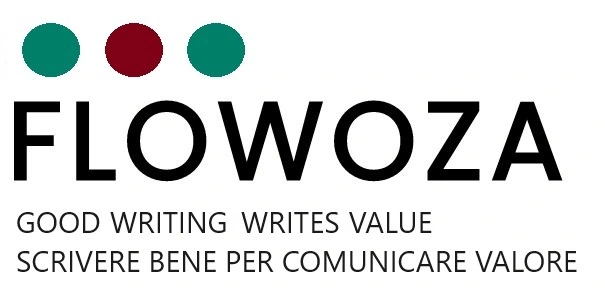Like software code, whose methods over the years have defined a modular, object-oriented approach with structured libraries, the field of technical and business documentation has gradually organized itself to work more efficiently.
How often does it happen that we write and rewrite the same piece of information for different contexts and different needs? How often have separate departments produced similar, if not identical, technical and business documents? Isn’t it time to value written communication and equip ourselves with methods and tools that save time and money while improving the quality of the result?
What actually happens is that the same content is written and rewritten in different offices, by people with various roles, all describing the same instructions, features, or product solutions. The result is a proliferation of documents, formats, and versions, often inconsistent with each other and inevitably diverging over time.
So why not reconsider the importance of written documentation for our products and how to maintain that value, while reducing costs and inefficiencies? To write an instruction manual, user manual, maintenance manual, product or project technical documentation, there are now tools to structure and modularize the text and related illustrations.
This approach makes it easy and convenient to reuse individual modules or components in all the necessary documents, while preserving all the appropriate presentation formats.
So, to summarize, it is now possible to write once, write well, and reuse.
If this topic interests you, continue reading Structured Documentation with CCMS.
And feel free to get in touch with us for more information!

